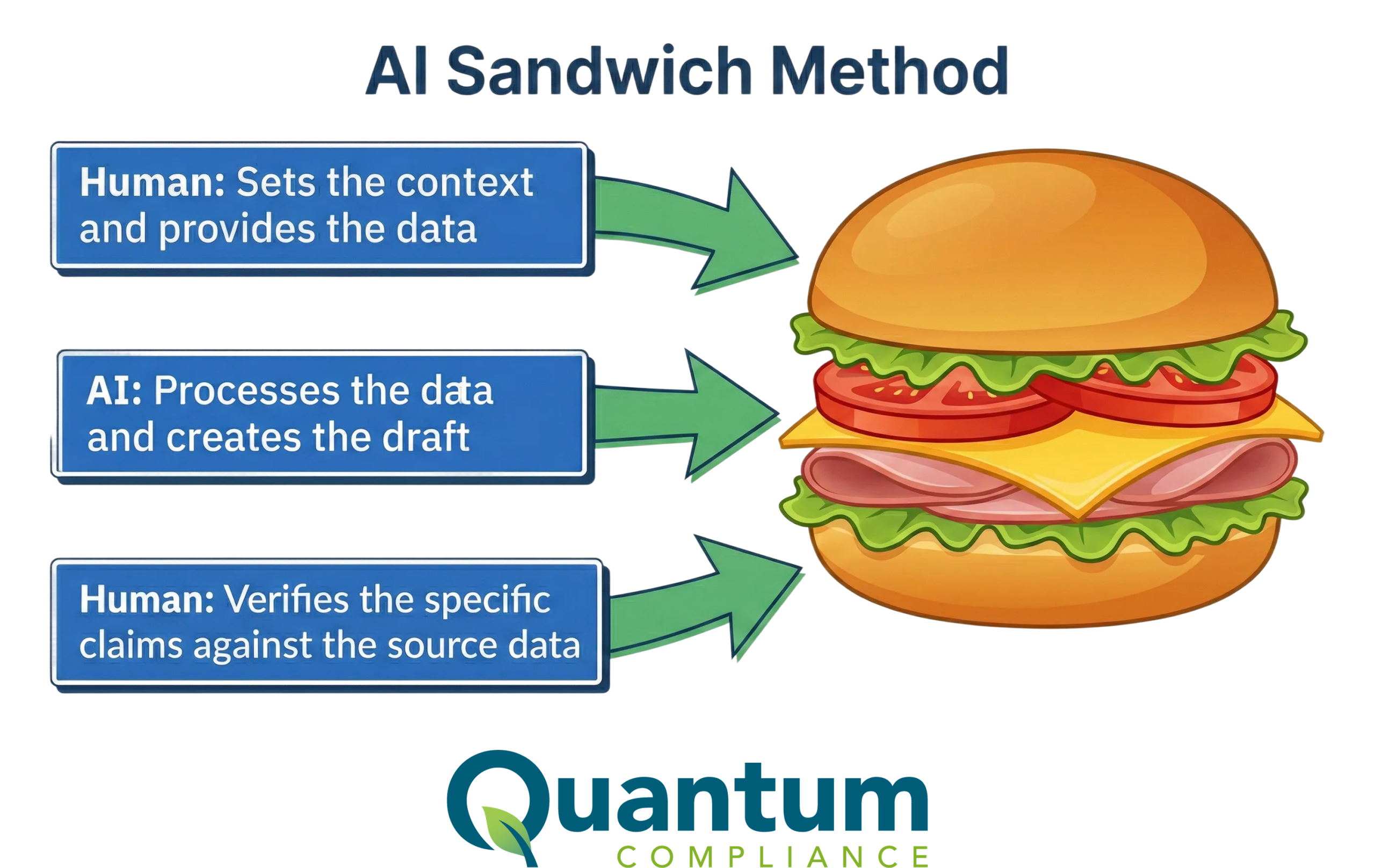In industries where hazardous chemicals are used, maintaining high standards of workplace safety is paramount. A crucial component of this safety protocol is the effective authoring of Safety Data Sheets (SDS). SDS Authoring plays a vital role in communicating necessary health and safety information to all levels of an organization, from management to front-line employees. This blog explores how enhancing SDS Authoring practices can significantly improve workplace safety and compliance.
The Importance of SDS Authoring
SDS Authoring involves the creation and maintenance of detailed documents that provide information on the properties of potentially hazardous chemicals, as well as instructions for handling, storing, and responding to chemical emergencies. Effective SDS Authoring ensures that these documents are not only compliant with regulatory standards but also clear and accessible, helping to prevent chemical accidents and ensuring safe handling procedures are widely understood and implemented.
Best Practices in SDS Authoring
To maximize the effectiveness of SDS Authoring, certain best practices should be adhered to, including:
- Regulatory Compliance: Ensure that SDSs are authored in compliance with local, national, and international regulations, such as OSHA in the United States or REACH in the European Union. This includes regularly updating SDSs to reflect regulatory changes and new hazard information.
- Clarity and Accessibility: SDS Authoring should focus on making the information as clear and accessible as possible. Use plain language and avoid technical jargon where feasible, and ensure that the layout and design of SDSs facilitate easy reading and comprehension.
- Detailed Hazard Identification: An effective SDS provides detailed information about the hazards associated with a chemical, including its reaction to water, exposure limits, and any potential health risks. This thoroughness in SDS Authoring is critical for effective risk management.
- Emergency Procedures: SDS Authoring should include detailed emergency response procedures, such as first-aid measures, fire-fighting measures, and accidental release measures. Providing specific instructions can significantly mitigate the effects of a chemical incident.
Role of Technology in Enhancing SDS Authoring
Advancements in technology have significantly impacted SDS Authoring practices. Modern SDS Authoring software can automate much of the process, ensuring that the Safety Data Sheets are consistently formatted and updated according to the latest regulatory changes. These tools can also facilitate the distribution and accessibility of SDSs, ensuring that they are readily available to all employees via digital platforms.
Benefits of Effective SDS Authoring
Implementing robust SDS Authoring practices offers numerous benefits:
- Enhanced Safety: Clear and comprehensive Safety Data Sheets help ensure that employees are well-informed about the chemicals they work with, leading to safer handling and storage practices.
- Compliance Assurance: Effective SDS Authoring helps organizations maintain compliance with complex and ever-changing chemical safety regulations, reducing the risk of legal issues and fines.
- Risk Reduction: Detailed and accessible Safety Data Sheets reduce the risk of chemical accidents and related injuries, contributing to a safer workplace environment.
Conclusion
Effective SDS Authoring is a cornerstone of chemical safety management. By prioritizing best practices in SDS Authoring. Organizations can enhance their workplace safety. Ensure compliance with regulations, and protect their workforce from the hazards associated with chemical operations. As the regulatory landscape continues to evolve. Staying updated and refining SDS Authoring practices will remain critical for maintaining a safe and compliant workplace.








